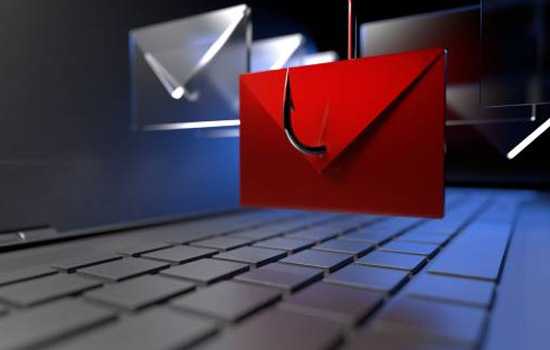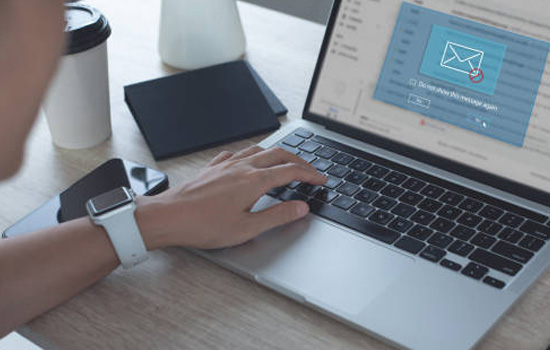Email Security is a top priority for most users nowadays. The amount of irrelevant, marketing, spoof and generally unwanted email we receive has grown exponentially in recent years. The use of email as a vehicle for fraud has increased in parallel, if not more so.
Most desktop and corporate malware systems can detect most emails containing malware, but not necessarily phishing messages.
As a result, some phishing emails can bypass Email Security. Having said that though, users need to update, and in some cases, install desktop anti-virus software to protect themselves against other malware threats.

What is a phishing email, and how can we update our Email Security to recognise one? Here are some suggestions.
Phishing emails are spam emails that attempt to trick you into disclosing sensitive information such as login credentials or bank details. They are sent by the millions to an email list bought by hackers in the expectation that a small number are activated and provide the hacker with information to steal information or money.
They are activated by clicking on an embedded link or opening an attachment. The link or attachment takes you to a website that collects whatever you type in, or downloads malware to record your desktop activity. That information is sent back to the hacker.
Phishing Emails – How to Spot One

Phishing emails are designed to lull you into a false sense of security by looking like a message from someone you trust. Common options are a colleague, friend or your bank. The email asks you to click on an embedded link which takes you somewhere else, or downloads software to your PC.
Specific things to do that can help you identify a phishing email:
- Check the sender’s address. Sender’s addresses can be forged or are similar to real ones. For example, if the email is allegedly from PayPal, but it doesn’t have paypal.com in the sender’s email address it is probably a phishing email. In short, if it looks suspicious, delete the email.
- Check the address where it is sent. Again, this can be a giveaway. For example, many of your correspondents, such as the bank, have a default address registered on your user profile and send all email correspondence there. Again, if the address looks suspicious, delete the email.
- Check links. This is a key action to take. Phishing emails try to direct you to spoof websites where your credentials or financial information are stolen, or malware is downloaded to the desktop. Hover your cursor over the link, and it will display the target address. The address could be spoofed. For example, hacker@microsft.com or hacker@googgle.com. If it looks suspicious, don’t click on it.
- Read the email. If the content has grammatical errors or typos, it’s certainly spam, and possibly a phishing email. Legitimate emails are proofread and spell-checked before sending.
- Check the language. Phishing emails are often written by non-native speakers and the language used and structure of the email can seem a little strange.
- Check the salutation. Emails from legitimate sources will usually address you by your name, not “Dear Subscriber”. This is not a reliable check though, since hackers may have your name as part of their mailing list purchase. Another issue is a change in the salutation type. If until now you have been “Dear Customer” and have mail from the CEO addressed to ”Dear Fred”, that could be a giveaway.
- Check the message. Phishing emails always try to convey a sense of urgency or carry a threat that if you don’t take immediate action something bad will happen.
- Be wary of attachments. Don’t open or download them unless you are sure of their authenticity. Most desktop virus scanners have the ability to scan attachments for malware, so you may already have been warned.
- Unusual requests. This is, simply put, an email asking you to do something that you would not normally expect. One example is a message from IT Support asking you to install a programme. Other examples are that you have won a prize, or need to confirm a subscription.
- Hackers are now changing the format of phishing emails to a minimalist style. One example is that a regular supplier allegedly sends an email simply stating “Here’s what you wanted”, with an attachment.
The above 10 signs are only some, but the most important, signs of a phishing email.
In the business context, there is a variant, called spearphishing. These are emails sent to a carefully selected group of individuals in an organisation, often selected from the company website or corporate information databases.
They bypass most immediate checks, are well-written and carry seemingly legitimate messages. They are targeted at Intellectual Property information and corporate finance data.
Phishing is an annoyance because of the volume of emails you could receive, and the potential for loss or damage. They are avoidable with care. Good email security software and practices helps.


